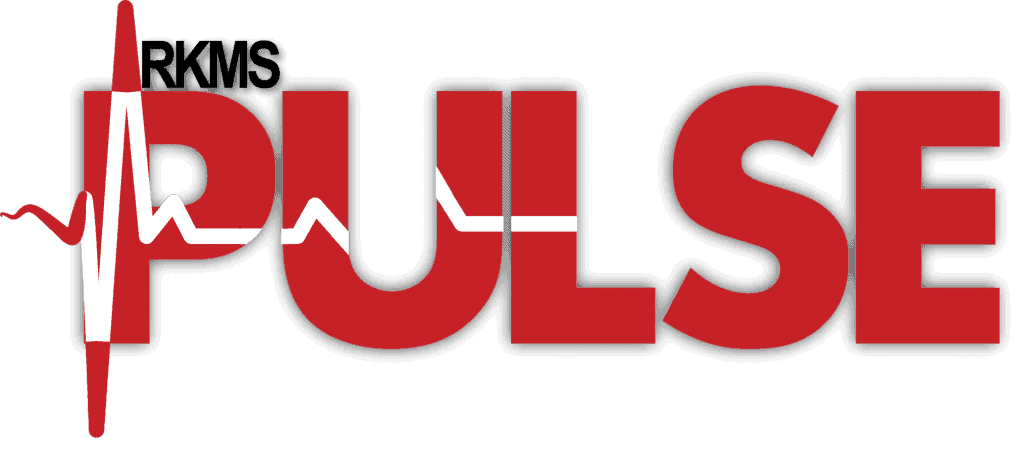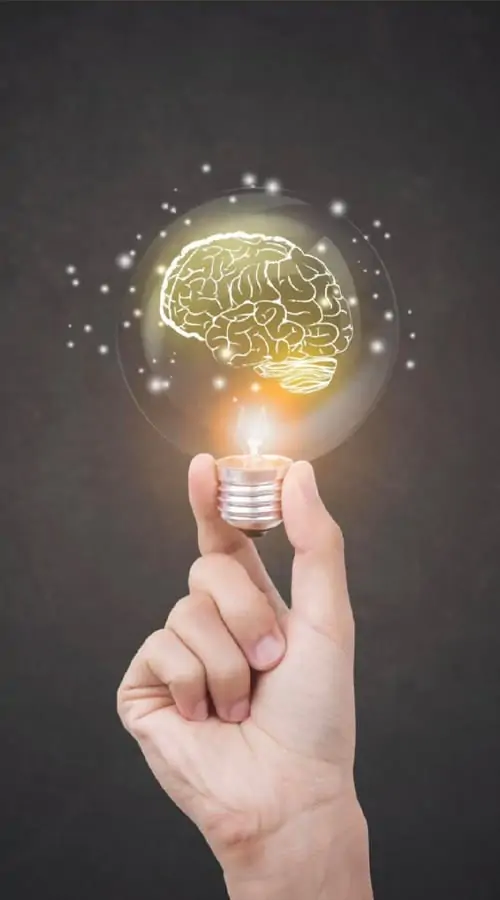
Module Three: Managing stress in your life
Module Three will allow you to learn about: How perception can make a vital difference in helping us to manage our stress, what acute stress is, what EU stress is, what chronic stress is what post traumatic growth is, what your parasympathetic system is, how to begin to keep yourself well to handle your stress well in your life.
What are some of Your Favourite Activities?
Time to add another entry in your Stress Success course notebook! Have a look at the following list of examples for what some people find to be stress relieving. After making a list of your own, be sure to hold on to this list you’ve created as we will refer to it a little later in the course.
- Time with family and friends
- Time away from work
- Exercising
- Time Alone
- Relaxing Activities such as hot baths, reading, yoga and naps
- Eating Good Foods
- Watching your favourite films or programmes
- A Nice Long Walk
- Creating Something
- Playing a sport, musical instrument or computer game
Perception: Acute & EU Stress

These days you will hear a lot of talk about stress. You will hear people say:
- “I’m very stressed”
- “That or this stresses me out”
- “It’s a source of stress”
These are very common phrases to hear, which you may well use, but what do they mean? There are actually different types of stress and to move you from seeing stress as a terrible thing to a normal force in your life which you can use for good, the thing they can make all the difference is your perception, how you see things.
Acute Stress
This is when your body goes into the stress response due to a short intense moment, such as during a job interview, during a sports/musical performance, it is a short intense moment, where you may feel the symptoms strongly. But it is a short, passing moment of stress, it is not a long term occurrence. It is neither good nor bad.
Eustress
The prefix Eu is Greek for good and so Eustress means good stress! This is where the stress response can be useful in helping you to perform better- for example it helps you to be alert in your job interview or in a workout or you have more energy to meet a work deadline. So eustress is where you see your stress response symptoms- such as butterflies in the stomach or tingling in the fingers, as good, as they show your body is giving you the energy they will need for the situation.
- The key difference here is that you have the awareness to see the stress as a useful thing, and it certainly can be.
Example of Eustress
Stress in your body can give you the mental energy and focus to meet a work deadline. Without it, you may not have the motivation and drive to achieve the goal.
Another great common example of eustress is when people can lift weights, or run at speeds or perform physically in workouts due to the stress being put on their body, whereas afterwards they marvel at how well they managed to perform in the moment. These are great examples of understanding stress can be a great and useful thing.
Previous slide
Next slide
Distress

Distress:
You probably have used the word distress many times, it is generally used to mean greatly upset, and yet its original meaning refers to a severe state of strain, anxiety of pain. We now use it to mean when someone is very upset. But we can also use it to help us in our classification of if stress is good or bad.

Distress (cont.):
- We have seen that acute stress is a short intense burst of stress, it is neither good nor bad.
- And eustress is when we interpret short intense periods of stress as good and useful towards optimal performance, like the price your pay for the fuel for your car.
- And distress can be used as a term to help us to identify and define when we have been in a state of extreme stress for too long. Or we are not able to perceive the stress as good and useful, and this is what a lot of people are meaning when they refer to stress, not short, sharp and useful, but drawn out stress they can wear you out.

Signs of Distress:
Distress can indeed be a problem, here are 3 signs to look out for that may suggest a person is currently experiencing distress, negative stress they has been going on too long:

3 Signs of Distress (cont.):
- Over sensitivity of the senses- lights seem too bright, sounds seem too loud- these are signs the body is in high alert mode
- Inability to do simple tasks- like make a cup of tea or prepare a meal, this is a sign that the brain is not operating out of the new cortex, the thinking part, but more form the limbic, older brain in fight or flight mode. People in this stare often say, they are not able to think straight.
- Not engaging in normal everyday activities- such as driving to work, spending time with family, socialising. I’m the short term this can be helpful, if people need time alone, to get better. But if a person is doing this often over a longer period of time, weeks and months, it may be a sign that they are distressed and struggling to cope
Post Traumatic Growth
Post Traumatic Growth
Fortunately there are many things that we can do to not only manage our stress and handle it well in our bodies, but also habit and lifestyle changes, as well as changing our perceptions in how we think about our stress and stressors.
This next part of the course is designed to help you to begin to make powerful positive changes regarding the stress in your life. Let’s begin with a wonderful psychological theory that has the potential to help you to short your perceptions of stress from distress to eustress.
Growth
So the very difficult, traumatic events of our life hold the potential to help us to live our lives in a better, deeper way, to a higher level of awareness. What a wonderful concept! The stresses of your life could well be taking you to somewhere even better than where you have been before, you can not only endure stressful times, but emerge from them even stronger then before. Here are several key traits that you need to keep in mind that will help you to be able to achieve post traumatic growth:
Key Point

YOU ARE IN CONTROL OF YOUR RESPONSE TOWARDS STRESS AND YOUR EXPOSURE TO STRESSORS
Take a proactive “what can I do” attitude for the stress in your life. You control your perception of how you see stress-so focus on eustress and the constantly possibility of post traumatic growth And you are in control of how you can respond to the stress and stressors in your life. Now is the perfect time to explore how your body has an in built system to respond towards stress, it is called your parasympathetic system.
Parasympathetic System

REST & RECOVER RESPONSE
Your Response:
So let’s learn how about your body’s inbuilt response system for stress.
Look at this picture and note down how it works then work through the next graphic to learn more about how to formulate a healthy Rest and Recover response of your own:



Which One of These Would You Enjoy?
Previous
Next
The following short quiz consists of multiple choice and true false questions which pertain to information delivered in this module. Proceed through each question by selecting the arrow at right to complete this module.
Upon completion of this module’s material above, select the “mark complete” or “next module” button below to record your progress to proceed to the next module. This will save your place and your work on the course thus far and will enable you to complete the assessment at the end of the course.

